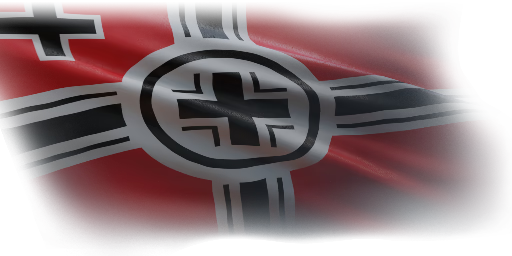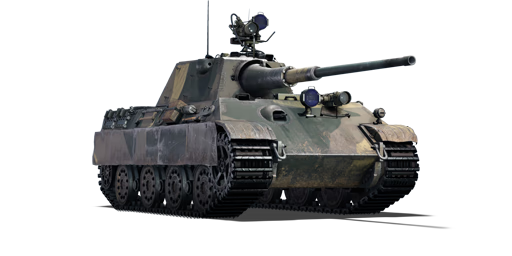

The Pz.Kpfw. Panther II (SdKfz. 172) was a prototype medium tank designed to improve on the Panther during World War II. It was designed to offer stronger armor, improved performance, and greater firepower. These requirements arose from the Heer's growing awareness of the threat posed by enemy anti-tank guns and rifles and the need to address the Panther's early design problems. The Heer also intended to reuse some components from the Panther and Tiger II to simplify production. Ultimately, it did not enter series production due to a lack of resources; these were instead used to continue the mass production of heavy tanks such as the Tiger II.
The Panther II was introduced during the closed beta for ground units before Update 1.41. Caution is advised, as its 88 mm shell has high penetration. In addition, the Panther II has the same mobility as the previous Panther F. Its hull armor is also stronger than that of the Panther D, A, G, and F, which increases the Panther II's survivability. Furthermore, the commander and driver of the Panther II each have a night vision device that enables nighttime visibility in the game.
| Ammunition | Type | Armor penetration (mm) at a distance: | |||||
|---|---|---|---|---|---|---|---|
| 10 m | 100 m | 500 m | 1000 m | 1500 m | 2000 m | ||
| APCBC | 237 | 234 | 222 | 207 | 193 | 180 | |
| HE | 19 | 19 | 17 | 16 | 14 | 14 | |
| HEAT | 110 | 110 | 110 | 110 | 110 | 110 | |
| APCR | 279 | 273 | 252 | 227 | 205 | 185 | |
| Belt | Belt filling | Armor penetration (mm) at a distance: | |||||
|---|---|---|---|---|---|---|---|
| 10 m | 100 m | 500 m | 1000 m | 1500 m | 2000 m | ||
| AP/AP/AP-T | 13 | 12 | 7 | 3 | 2 | 0 | |












Mobility | |
|---|---|
Protection |
|---|
Firepower | ||
|---|---|---|